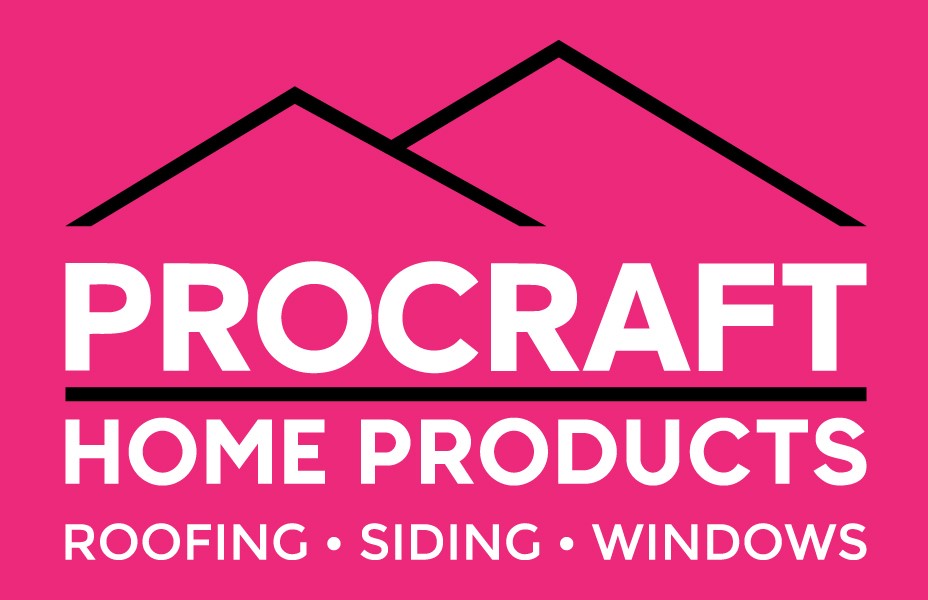Exploring Sustainable Roof Options for Eco-Friendly Buildings
Sustainable roof options offer energy efficiency, improved air quality, and building longevity. They combat urban heat islands and create eco-friendly structures. Green roofing materials like sedum, modular trays, and recycled rubber or metal contribute to sustainability. Solar roofing solutions integrate seamlessly and reduce energy expenses with incentives available. Remarkable roofing technologies reflect heat and sunlight, lowering indoor temperatures and enhancing energy efficiency. Discussing options with quality roofing service providers can help you choose the best option, as each serves a unique purpose in advancing environmentally conscious building practices.
Benefits of Choosing Sustainable Roofs
When considering roofing options for environmentally conscious building projects, the benefits of choosing sustainable roofs are multifaceted and significant. Sustainable roofs offer a range of advantages that go beyond just environmental impact. One key benefit is energy efficiency. Sustainable roofs, such as green or cool roofs, can help reduce the energy needed for heating and cooling by providing natural insulation or reflecting sunlight away from the building. This can lead to lower utility bills and decreased reliance on heating and cooling systems, ultimately reducing the building’s carbon footprint.
Moreover, sustainable roofs can improve air quality by capturing pollutants and particulate matter, which helps create a healthier indoor and outdoor environment. They also have the potential to reduce urban heat island effects by absorbing less heat than traditional roofs and releasing it more slowly. Furthermore, sustainable roofs can increase a building’s lifespan by protecting the roof membrane from UV radiation and temperature fluctuations. By choosing sustainable roofs, builders can create more resilient and eco-friendly structures that benefit both the environment and occupants.
Types of Green Roofing Materials
Green roofing materials offer environmental benefits and aesthetic appeal for sustainable building projects. One popular choice is a sedum roof, which consists of low-growing succulent plants that require minimal maintenance and provide excellent insulation. Another option is a green roof system with modular trays, which allows for easy installation and flexibility in plant selection. Moreover, vegetated roof membranes are gaining popularity for their seamless integration into the building envelope.
For those seeking a more traditional approach, recycled materials such as rubber shingles or reclaimed wood shakes can contribute to sustainability. Metal roofs made from recycled materials are durable and energy-efficient, reflecting solar heat and reducing cooling costs. Clay or concrete tiles are another eco-friendly option due to their longevity and recyclability.
Each type of green roofing material has unique benefits, from improving air quality and reducing stormwater runoff to increasing energy efficiency and providing natural habitats for wildlife. When selecting a green roofing material, it is essential to consider factors such as climate, building structure, and maintenance requirements to guarantee a successful and sustainable roofing solution.
Cost-Effective Solar Roofing Solutions
Exploring cost-effective solar roofing solutions can significantly reduce energy expenses for homeowners and businesses. One of the most affordable options is solar shingles, which integrate seamlessly with traditional roofing materials while capturing the sun’s energy. These shingles are easy to install and can be a cost-effective way to start generating solar power. Another option is solar panels, which can be mounted on the roof to capture sunlight and convert it into electricity. While initially more expensive than solar shingles, solar panels are highly efficient and can provide significant long-term savings on energy bills.
In addition, many utility companies offer incentives or rebates for installing solar roofing systems, making them even more cost-effective. By taking advantage of these programs, homeowners and businesses can further reduce the upfront costs associated with solar roofing. Overall, investing in cost-effective solar roofing solutions helps save money on energy expenses and contributes to a more sustainable future by reducing reliance on nonrenewable energy sources.
Eco-Friendly Cool Roofing Technologies
To further enhance the sustainability of roofing options, eco-friendly remarkable roofing technologies offer innovative solutions for reducing energy consumption and mitigating heat absorption in buildings. These technologies utilize materials and coatings that reflect sunlight and heat away from the building, reducing the heat transferred indoors. Cool roofs help lower indoor temperatures, decrease the need for air conditioning, and ultimately reduce energy costs by minimizing heat absorption.
One popular excellent roofing material is white membrane roofing, which consists of a reflective surface that bounces sunlight back into the atmosphere. Another option is cool roof coatings that can be applied to existing roofs to enhance their reflective properties. Green roofs, featuring vegetation that naturally absorbs heat and provides insulation, also fall under eco-friendly remarkable roofing technologies. Implementing these sustainable roofing solutions can notably improve urban energy efficiency and environmental impact.









